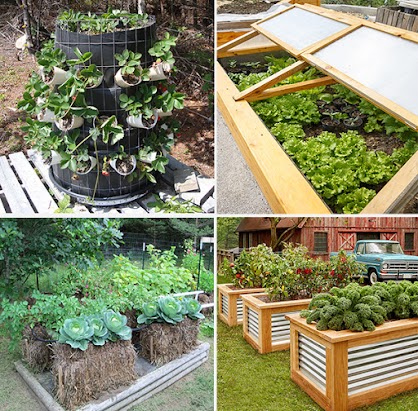
The Benefits of Being Self-Sufficient
Being self-sufficient has several benefits that can significantly enhance one’s quality of life. Here are some key advantages:
- Financial Independence: Self-sufficiency often reduces reliance on external sources for income or resources, which can help manage finances better and reduce debt.
- Freedom and Flexibility: Self-sufficient individuals often have more freedom to choose how they live and work, as they are not as beholden to traditional systems or external pressures.
- Community Building: Pursuing self-sufficiency can inspire collaboration with others with similar values, strengthening community ties and mutual assistance networks.
- Reduced Stress: Knowing how to provide for oneself can alleviate anxiety related to economic instability or reliance on others.
Self-sufficiency fosters greater control over one’s life while promoting personal responsibility and a sustainable lifestyle.
The Self-Sufficient Back yard book
Discover what you can grow! Create your paradise!

Sustainability!
Self-sufficient lifestyles often promote sustainable practices, such as growing your food or using renewable energy sources, which can benefit the environment.

Better Health:
Engaging in self-sufficient practices like gardening and cooking can lead to healthier eating habits and improved physical health.

Increased Resilience
Being self-sufficient enables individuals to handle unexpected challenges, such as job loss or economic downturns, since they can rely on their skills and resources.

Personal Growth
Becoming self-sufficient encourages learning new skills, which can boost confidence and self-esteem. It fosters a sense of accomplishment and personal development.
Self-sufficiency encompasses a wide range of activities and skills that allow individuals or communities to meet their basic needs independently.
Insights into creating your own sustainable living space right at home. This guide aims to empower individuals and families to grow their own food, manage resources, and live more independently, making it an essential read for anyone interested in self-sufficiency and homesteading. The book includes practical tips on gardening, raising small livestock, and utilizing renewable energy sources, making it a comprehensive resource for a self-sustaining lifestyle. Whether you have a large yard or a small balcony, this book provides ideas for creating a greener, more self-reliant home.
The Self-Sufficient Backyard: A Path to Sustainability
In an age where environmental awareness is paramount, self-sufficiency has gained significant traction among homeowners and gardening enthusiasts. The book The Self-Sufficient Backyard serves as a comprehensive guide for those looking to harness the power of sustainable living in their own backyards.
Overview of the Book
“The Self-Sufficient Backyard” is more than just a gardening manual; it is an invitation to embrace a lifestyle that promotes independence and sustainability. The book covers various topics, including vegetable gardening, composting, rainwater harvesting, and small-scale livestock management. Each section is designed to equip readers with practical skills and valuable knowledge, fostering a deeper understanding of natural ecosystems and how to thrive within them.
Key Topics Covered
- Vegetable Gardening: The book outlines the principles of creating a productive vegetable garden. Readers learn about soil health, crop rotation, and companion planting, which boost yields and promote a balanced ecosystem.
- Composting: Composting is one of the cornerstones of a self-sufficient backyard. The book guides readers through turning kitchen scraps and yard waste into nutrient-rich compost, improving soil quality, and reducing waste.
- Water Conservation: Techniques like rainwater harvesting and drip irrigation highlight the importance of water management, which is essential for maintaining a sustainable garden, especially in arid regions.
- Small Livestock: For those looking to take self-sufficiency a step further, the book provides insights into keeping chickens, rabbits, or bees. These animals provide food and contribute to the garden’s ecosystem through natural fertilization and pest control.
- Preserving the Harvest: This section explores the art of preserving food using canning, freezing, and drying techniques. It empowers readers to enjoy the fruits of their labor long after the harvest season has ended.
Benefits of a Self-Sufficient Backyard
- Cost Savings: Growing your own food and reducing your reliance on store-bought items can result in significant savings over time.
- Healthier Produce: Homegrown vegetables and fruits are often fresher and free from harmful pesticides, leading to a healthier diet.
Environmental Impact: Embracing sustainable practices helps reduce one’s carbon footprint, conserve natural resources, and contribute to the planet’s overall health.
- Sense of Community: Many self-sufficient backyard enthusiasts participate in local exchanges or potlucks, fostering a sense of community and shared values.
